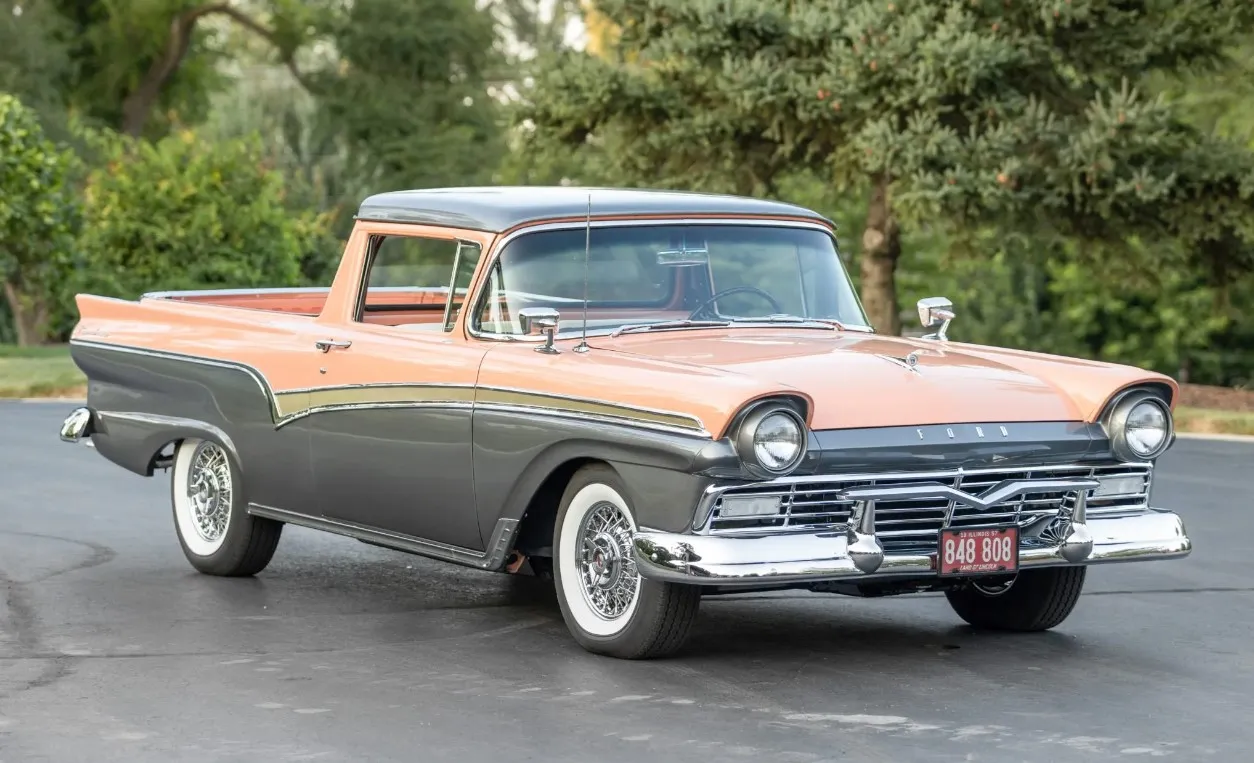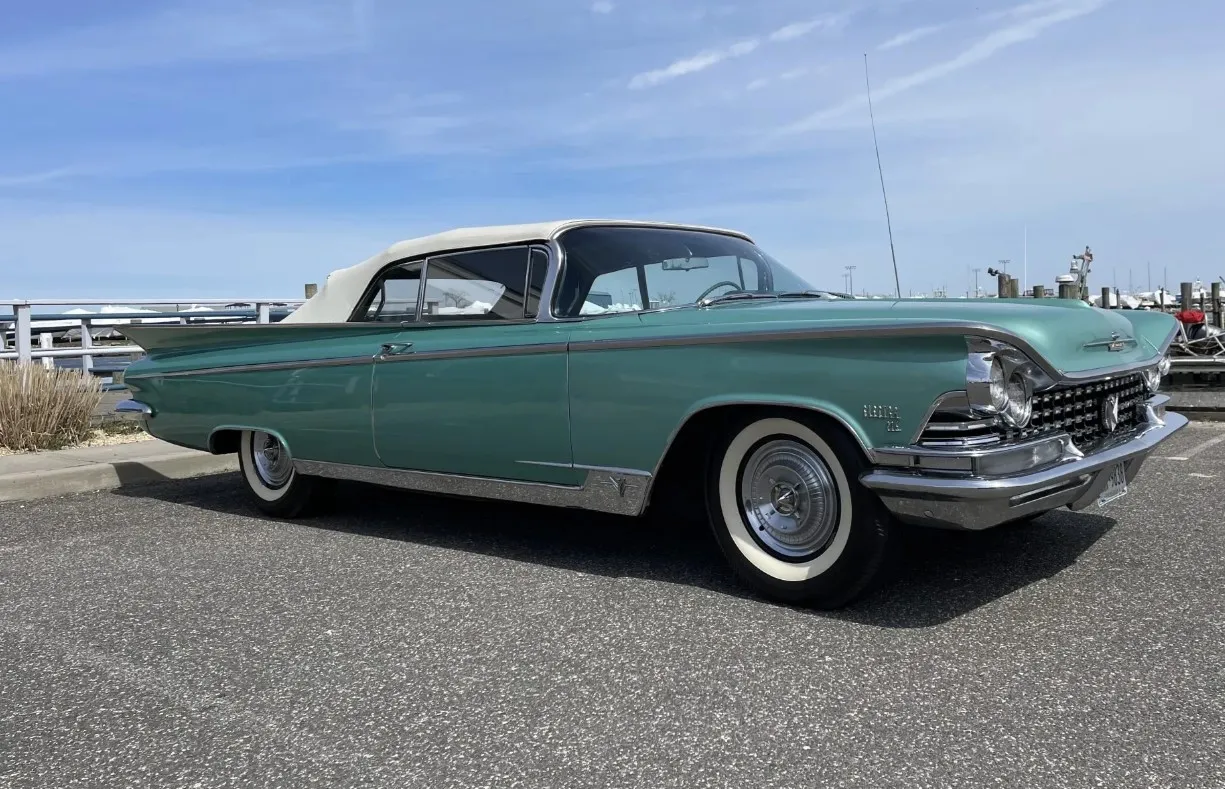In the early 1960s, the American automotive landscape was undergoing a significant transformation. While big, powerful V8 engines ruled the road, there was a growing demand for smaller, more efficient cars. In response to this changing market, Ford introduced the 1963 Ford Falcon Sprint. This compact car, with its sporty aesthetics and potent engine options, was a pioneer of its time, laying the foundation for a new era of American muscle cars. In this article, we will delve into the history, design, performance, and enduring legacy of the 1963 Ford Falcon Sprint.

The Ford Falcon Legacy

To truly appreciate the significance of the 1963 Ford Falcon Sprint, we must first understand the context in which it was born. The Falcon was Ford's response to the rising demand for smaller, more economical cars in the early 1960s. Introduced in 1960, the Falcon was designed to be a practical and affordable family car, aiming to capture a market segment that was previously underserved.
The Falcon's compact dimensions, straightforward styling, and budget-friendly price tag made it an instant hit. It was an ideal car for suburban families and daily commuters, offering a reliable and fuel-efficient mode of transportation during a time when gasoline prices were on the rise.
The Birth of the Sprint

While the standard Falcon catered to the practical needs of the average American family, Ford recognized the potential for a performance-oriented variant to cater to enthusiasts seeking a bit more excitement on the road. This led to the creation of the Falcon Sprint, which made its debut in 1963.
The Falcon Sprint was not merely a Falcon with a V8 engine shoehorned under the hood; it represented a more comprehensive transformation. Its development was influenced by the success of the Chevrolet Corvair Monza and the Dodge Dart GT, both of which were compact cars with sporty pretensions. Ford was determined to take the Falcon platform and turn it into a true American sports car.
Design and Styling

One of the defining characteristics of the 1963 Ford Falcon Sprint was its sleek and sporty design. The car featured a distinctive grille with a pronounced central divider, flanked by quad headlights. Its clean, uncluttered lines and minimalistic chrome accents gave it a modern and understated elegance.

The Sprint's two-door body style added to its sporty appeal, and it was available as either a hardtop coupe or a convertible. Inside, the cabin was simple yet functional, with comfortable bucket seats and a driver-centric dashboard layout.
Power and Performance

What truly set the Falcon Sprint apart from its more pedestrian siblings was its performance. Under the hood, the Sprint was powered by a 4.3-liter V8 engine, which was a significant departure from the standard Falcon's inline-six. This small-block V8 was capable of producing 164 horsepower, a substantial increase in power compared to the base model.
The Falcon Sprint also featured a stiffer suspension, quicker steering ratio, and front disc brakes, all of which contributed to its sportier handling characteristics. In essence, Ford had created a nimble and agile compact car that was equally at home on twisty backroads as it was on the open highway.
Racing Success

The 1963 Ford Falcon Sprint didn't just look the part; it proved its performance credentials on the racetrack. Ford's marketing team recognized the value of motorsports in promoting the Falcon Sprint's performance image, and it didn't take long for the car to make its mark in racing circles.
Notably, the Falcon Sprint achieved success in the demanding world of endurance racing. It was entered in events like the Monte Carlo Rally and the Tour de France Automobile, where it showcased its durability and performance capabilities. The Falcon Sprint's racing triumphs helped solidify its reputation as a genuine American muscle car.
Legacy and Influence
The 1963 Ford Falcon Sprint holds a unique place in automotive history. It was one of the pioneers of the American compact performance car segment, laying the groundwork for the emergence of iconic models like the Ford Mustang, Chevrolet Camaro, and Pontiac GTO in the years that followed.
The Falcon Sprint also contributed to the development of Ford's performance division, which would eventually give birth to the legendary Ford GT and the Ford Mustang Shelby GT350, among others. Its influence can be seen in the enduring popularity of small, powerful American cars, which continue to captivate enthusiasts to this day.
Conclusion

The 1963 Ford Falcon Sprint was a trailblazer in the world of American muscle cars. It proved that performance and style could be packaged into a compact, affordable car, catering to a new generation of enthusiasts. Its legacy lives on in the hearts of collectors and automotive aficionados who appreciate the simple yet potent formula that made the Falcon Sprint an icon of its time.
In an era when horsepower and speed were becoming more accessible to the average consumer, the Falcon Sprint emerged as a symbol of the changing automotive landscape. It served as a testament to Ford's innovation and willingness to adapt to the evolving needs and desires of the American car-buying public. The 1963 Ford Falcon Sprint was, and continues to be, a remarkable chapter in the annals of American automotive history.


